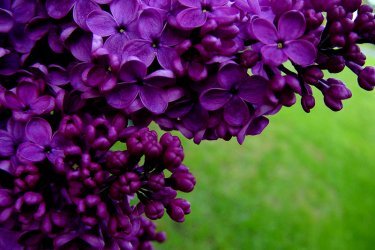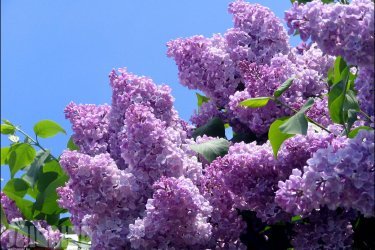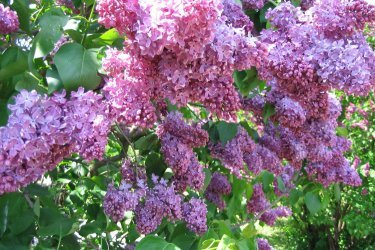Lilac
Lilac is one of the fairly common beautiful flowering plants in the middle zone. It is an indispensable decoration of the park, garden, and local area.
Its lush inflorescences with an amazingly bright aroma are used to create exclusive bouquets; the flowering of some types of lilac can be obtained not only in spring, but also by using winter forcing.
When to plant lilacs
Since this plant is special, its leaves bloom early, it is better to give preference to autumn planting.
When planting in the spring, a fragile bush will need to simultaneously expend energy on root growth and crown development.
The best time for planting is August-September; later dates will make it difficult for the plant to take root.
Choosing a place for planting, what kind of soil is required for lilacs
Both the planting site and the soil will influence the development of the seedling.
The bush should be located in an area that is not subject to flooding during rainstorms and melting snow.
An area with flat terrain is best suited. The area should be well lit and open.
As for the soil, it should be:
- slightly acidic or neutral,
- light,
- fertile.
The distance between bushes during mass planting should be from 1.5 m, for standard plants about 5 m.
Features of growing lilacs
Planting lilacs It is done in a hole with a good drainage layer; sand, rotted manure or compost must be added. When planting, the plant is watered abundantly.
It is recommended to mulch the root hole and protect it with a circular roller; in the first months after planting, the bush will need weekly watering.
The soil in the root circle will need to be systematically loosened, and weeds will also need to be removed.
To effectively feed the bush, you will need to apply potassium, phosphorus and nitrogen fertilizers. Fertilizing should be combined with watering.
How to prune lilacs
To get abundant flowering every year, you will need to prune the plant. Autumn pruning is undesirable; flower buds are formed on summer shoots.
It is for this reason that it is recommended to prune immediately after flowering, and be sure to remove all faded brushes.
Trimming is done in a special way if there is a desire to form lilac is like a tree.
Lilacs can withstand a lack of moisture in the soil, tolerate temperature changes and winter frosts well, and flower buds almost never freeze out.



